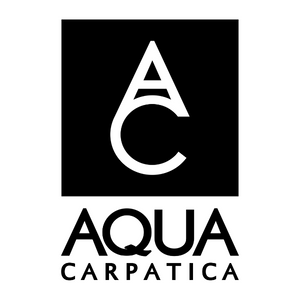Alessandro Gallo, who was born in Piedmont and is the estate director at Castello di Albola in Tuscany, has just surprised me with a delicious Chardonnay.
It’s made in the heart of the Chianti Classico region.
‘Poggio Alle Fate’ is a bright straw-yellow colour with lively greenish reflections. The nose is intense, with aromas of ripe pineapple, banana, apple, citrus, and subtle floral nuances. The palate is well-balanced between fresh acidity and richness, with flavours of tropical fruits, lime peel, and a touch of minerality. Alcohol is 12.5%.
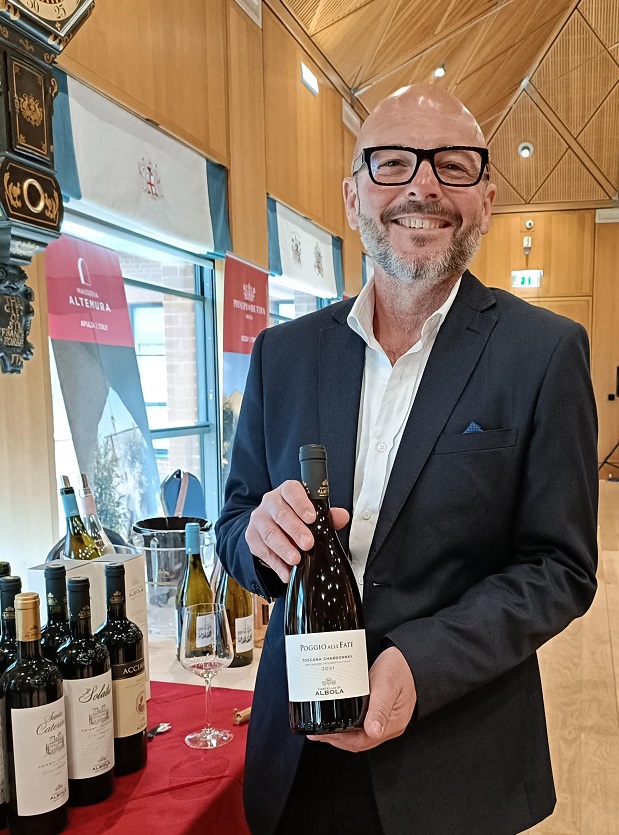
The Chardonnay grapes come from one of the highest vineyards in Chianti Classico and Alessandro (above) says it’s the exposed hilltop location of the 3ha vineyard – 700m above sea level – that makes it so special.
“It’s a very unique terroir,” Alessandro explains. “We have produced this wine since 2005. I started with just stainless steel, no malolactic fermentation… and year by year, step by step, this wine is growing. Now, after nearly 20 years, I think it has arrived at a point where it expresses itself.”
The winemaking is influenced by Chablis.
The handpicked grapes are chilled for 24 hours at 5°C in a rented container before undergoing gentle whole-bunch pressing.
Alessandro, who has been working and living at Castello di Albola since 2004, stops pressing when he sees a 0.2 increase in the pH from the starting point.
The must is “decanted” and chilled for 24 hours, then inoculated for a fermentation at a controlled temperature of around 18°C (64°F) “to preserve the wine’s fruitiness and all of its organoleptic complexity”.
The big change in recent years is inoculating for malo during the latter stages of the fermentation.
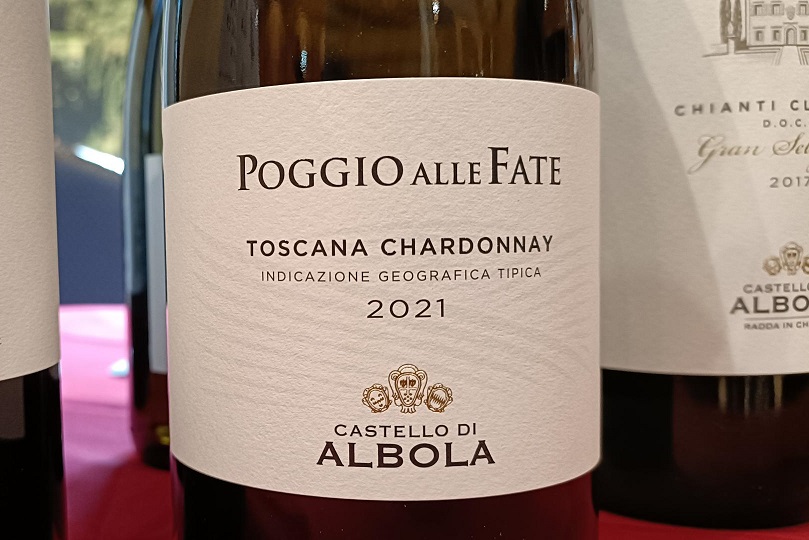
The wine stays on lees in barriques for 10-11 months, with bâtonnage moving from once a day to once a week to 15 days to 20 days…
Prior to filtration and bottling, the wine spends one month in a stainless-steel tank to clarify and stabilise with the help of a little bentonite.
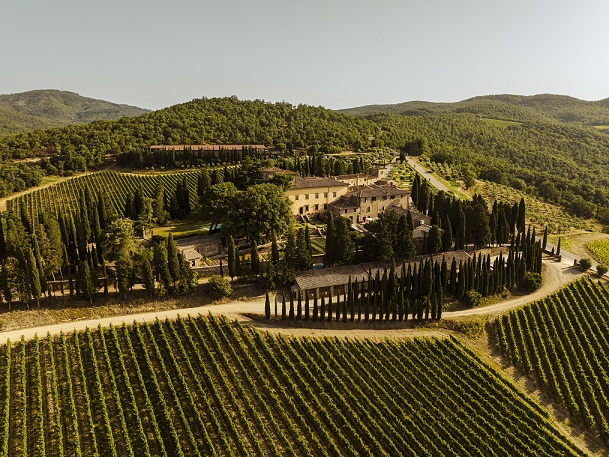
Castello di Albola (above) has been owned by the Zonin family since 1979.
A premium Riesling from Alta Langa
One of Italy’s oldest wineries, Tenuta Carretta, produces a premium Riesling from vineyards in Alta Langa, where the German grape has been part of the landscape since the mid-1970s.The varietal is part of Tenuta Carretta’s Signature Labels, launched in 2022 to commemorate the estate’s 555th anniversary.
The Langhe Doc Riesling Campofranco is a wine that’s fresh, elegant and aromatic, with aromas of peach, green tea, and wildflowers and a palate that is vertical and acidic. “These traits distinguish it from typical Langa Rieslings that, due to the different characteristics of the vineyards, express more power and richness as well as higher alcohol content,” says winemaker Paolo Scaiola (below).

The name, Campofranco, refers to a return to viticulture in an area where grapegrowing declined in the 1960s – “franca” meaning “unused”.
The grapes are grown at about 650m asl in a north-facing, high-density vineyard in Cissone (below).
Paolo says the vineyard demonstrates “the new method/philosophy we have implemented to combat climate change and guarantee greater freshness and finesse in our wines”.
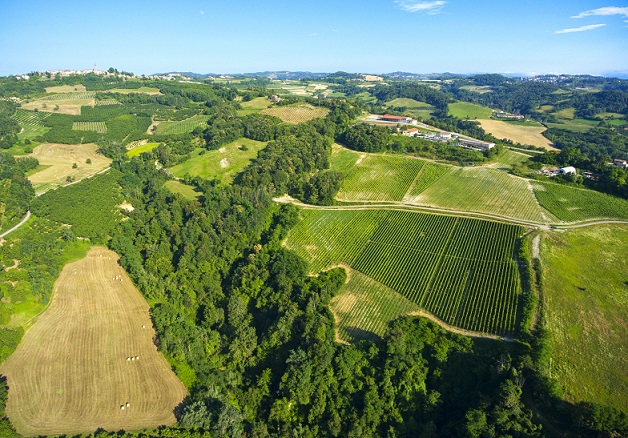
The Riesling harvest takes place during the first week of October, and is the last grape variety Tenuta Carretta brings to the cellar.
“Harvest is conducted manually; the grapes rest in a refrigerated room overnight to lower the temperature and favour the extraction of aromatic precursors from the skins. We process the grape bunches whole using pneumatic presses; we saturate the environment with dry ice and nitrogen/argon to protect the must from oxidation and reduce the use of sulphur dioxide,” Paolo explains.
“Clearing of free-run juice is carried out through single static decantation (at low temperature) for at least five days.
“Alcoholic fermentation takes place in steel tanks for about three weeks at no more than 18°C. The wine continues to age in contact with the fine lees and undergoes bâtonnage until June, when it is then bottled.
“Campofranco Riesling is marketed after one year of bottle ageing, in the second year after harvest, because, according to our philosophy, it is at this time that the wine begins to best express its varietal characteristics.”
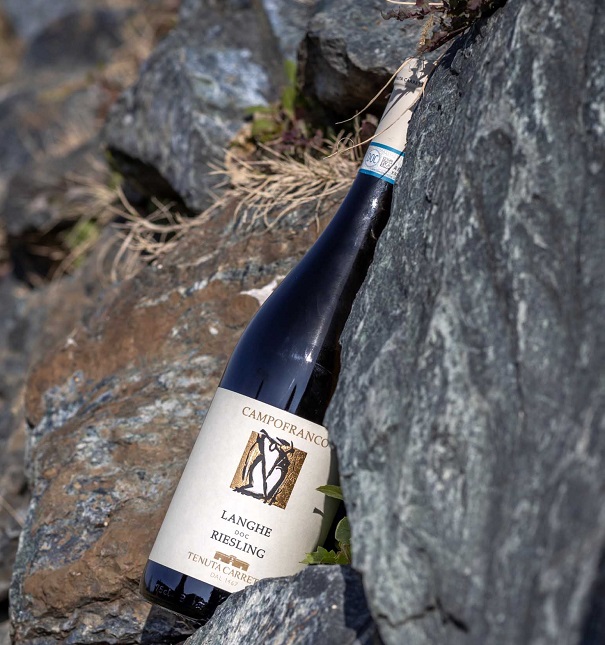
Tenuta Carretta is located in Piobesi d’Alba, in the Roero region.

 English
English French
French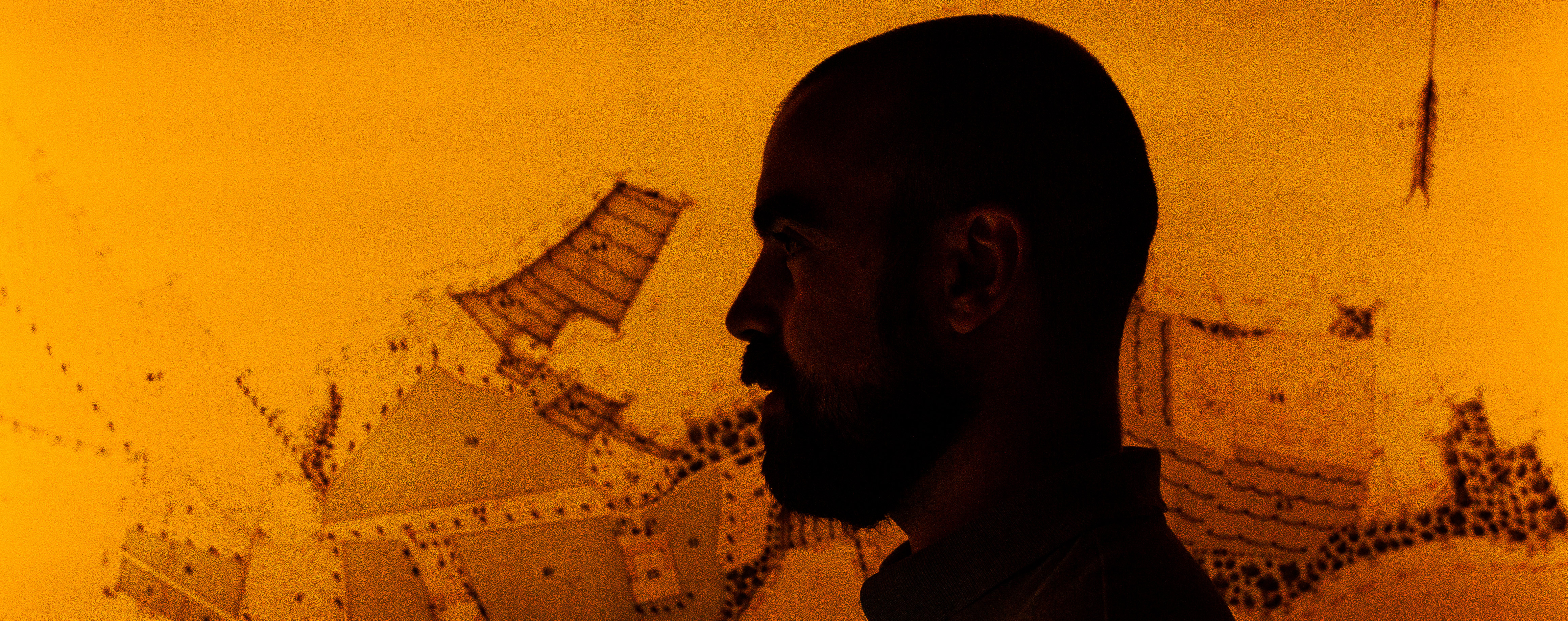



.png)
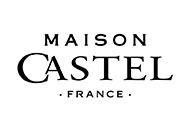

.png)



